My Planet From Space: Fragility and Beauty (Gallery)
Chongqing, China
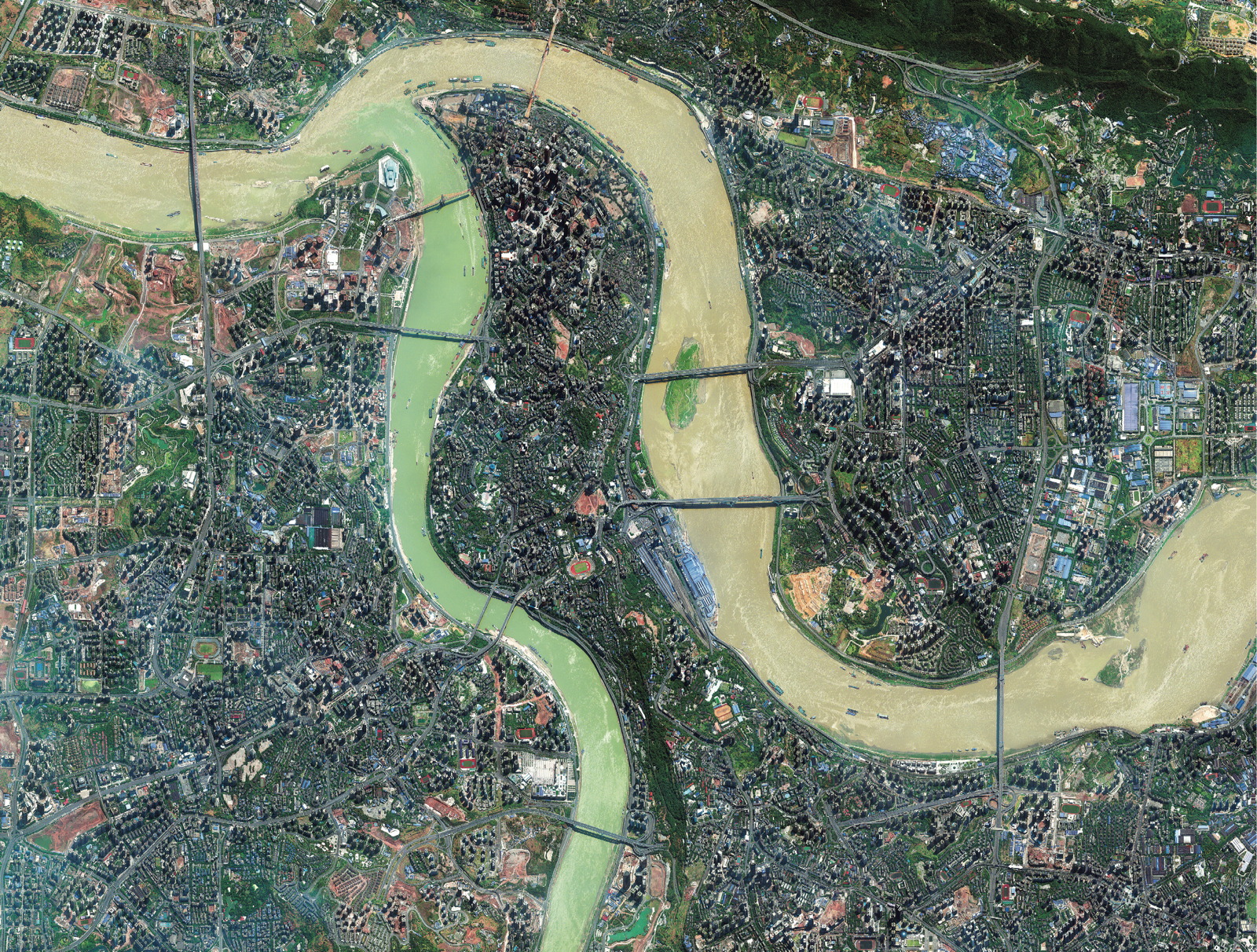
A new exhibit of satellite photography, titled My Planet From Space: Fragility and Beauty, is on display in the United Nations Visitor's Center in New York City from July 9 to September 9.
Chongqing, China: This is one of China’s National Central Cities, which were established to influence surrounding cities on modernising and integrating services in the areas of infrastructure, finance, public education, sanitation and urban planning, among others.
29° 33’ N, 106° 33’ E, taken by GeoEye-1. [Read full story.]
Gobi Desert, East Asia
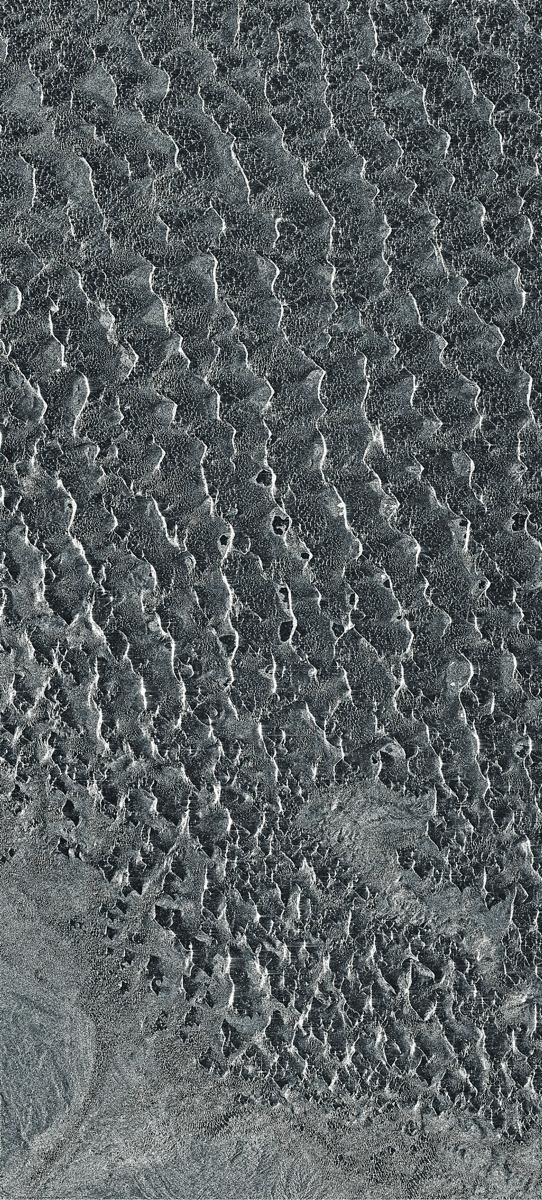
Gobi Desert, East Asia: This desert is experiencing rapid expansion — particularly on its southern edge into China — attributed to human activities including deforestation and overgrazing. As a consequence, dust storms have increased in frequency, damaging agriculture.
40° 23’ N, 101° 29’ E, taken by Envisat (ASAR).
K2, Central Karakoram, Pakistan
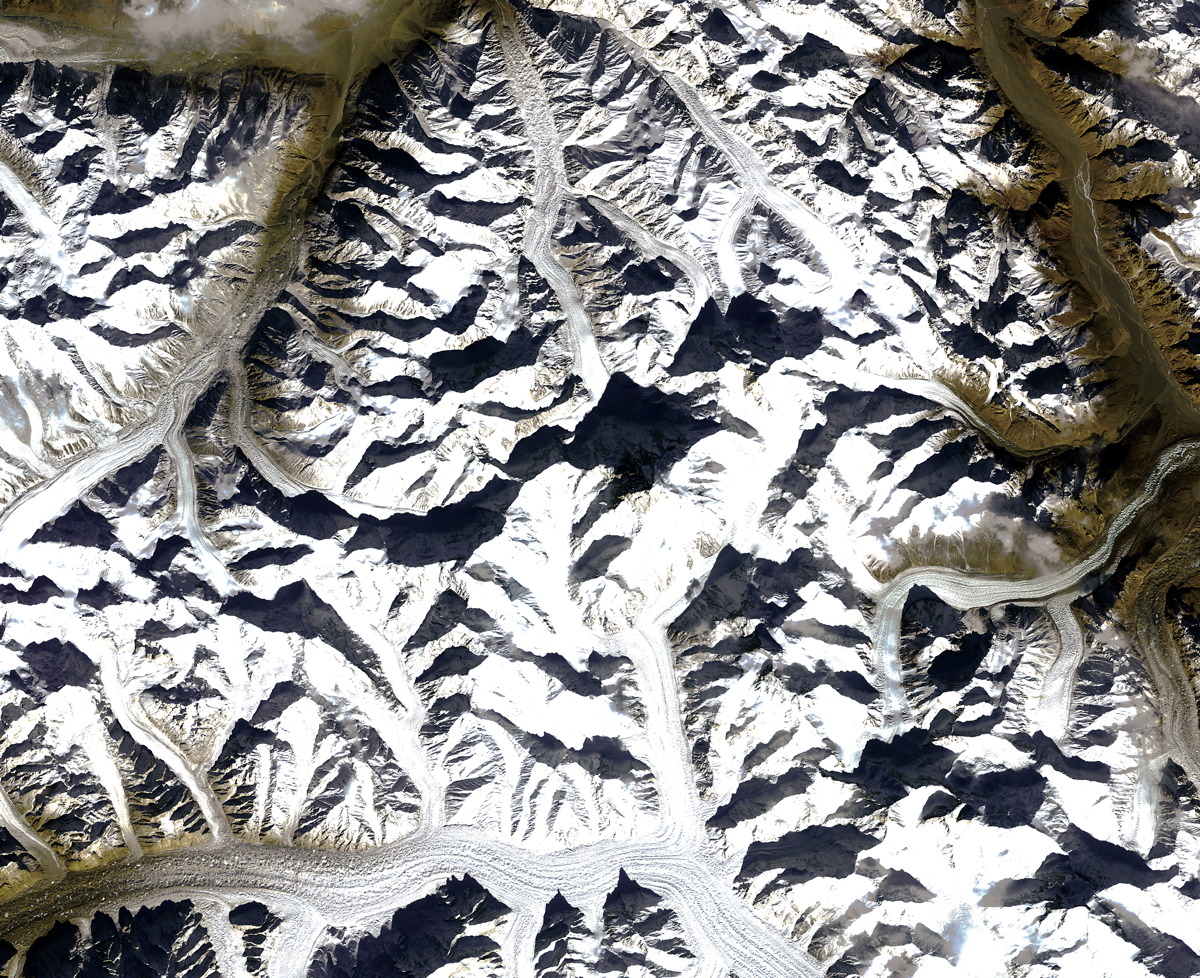
K2, Central Karakoram, Pakistan: K2 has a peak elevation of about 8611 m, making it the second-highest mountain in the world after Mt Everest. It is part of one of the world’s largest mountain glacier systems, including the over 60 km-long Baltoro Glacier.
35° 52’ N, 76° 30’ E, taken by ALOS (AVNIR-2).
Lake Mead, United States of America
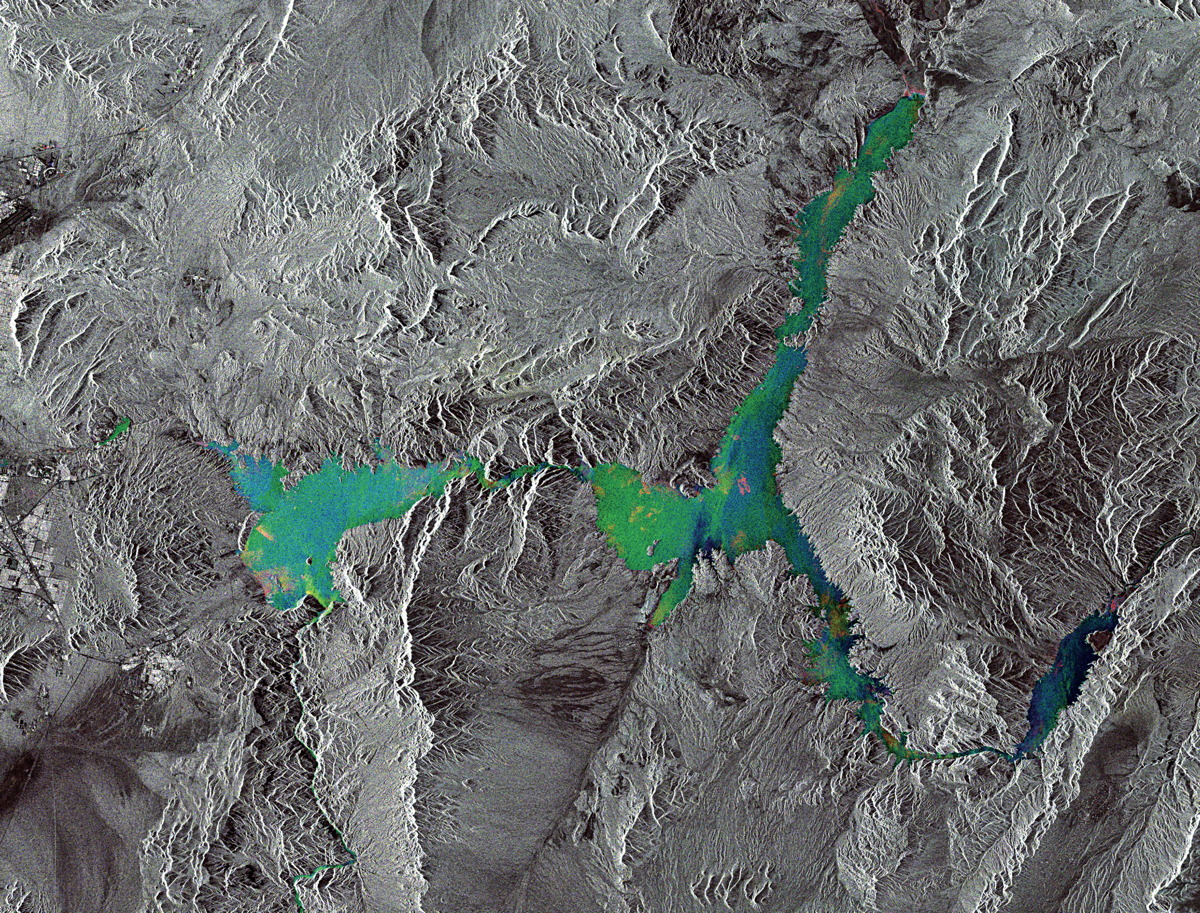
Lake Mead, United States of America: This massive reservoir was established in the early 1930s by the construction of the Hoover Dam on the Colorado River. Drought and increased water demand in recent years has resulted in a decline in water levels, hitting record lows in 2014.
36° 09’ N, 114° 34’ W, taken by Envisat (ASAR).
Mexico City, Mexico
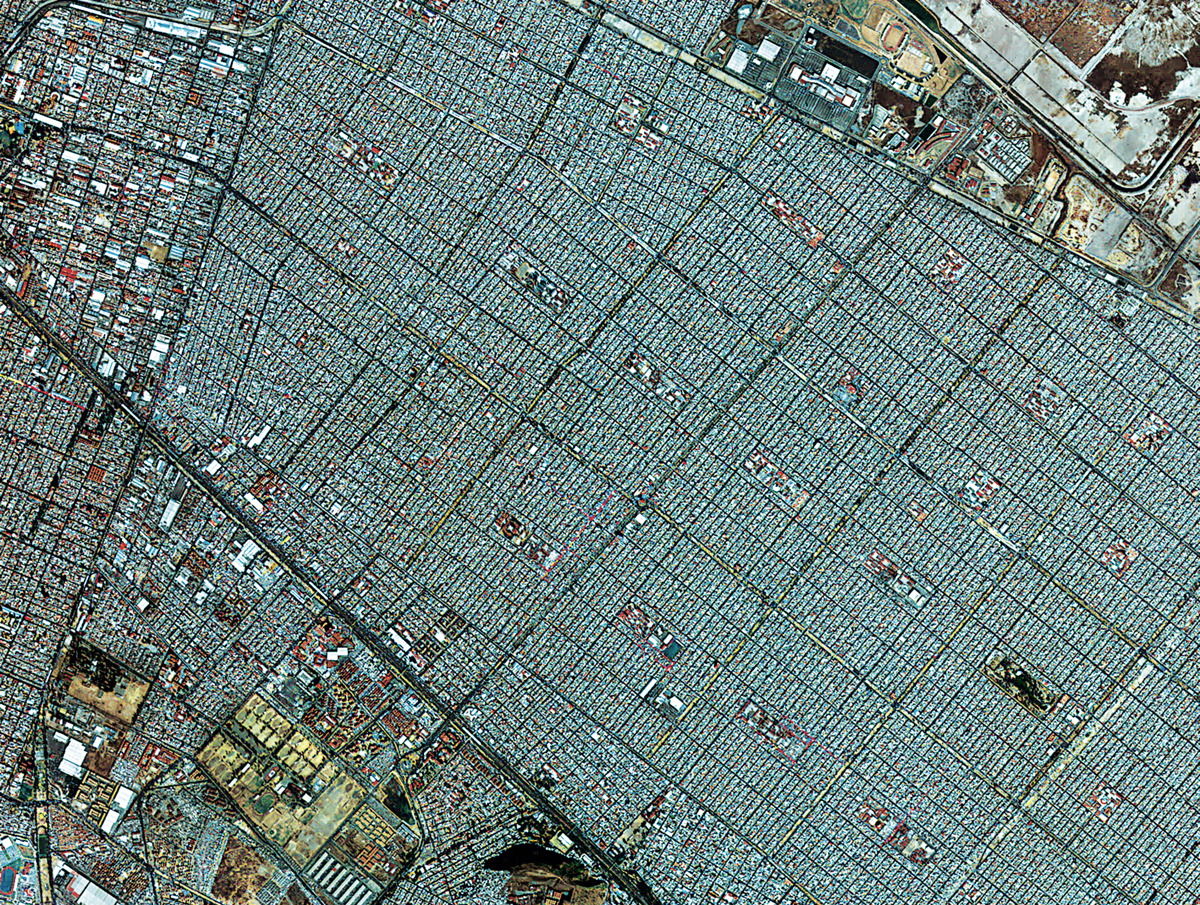
Mexico City, Mexico: The Valley of Mexico was originally covered by the waters of Lake Texcoco but over the centuries the water has been drained. The area that has not been built up is today used for hydraulic management and is made up of reservoirs and ponds.
19° 27’ N, 99° 00’ W, taken by Kompsat-2.
Namib Desert, Southwest Africa
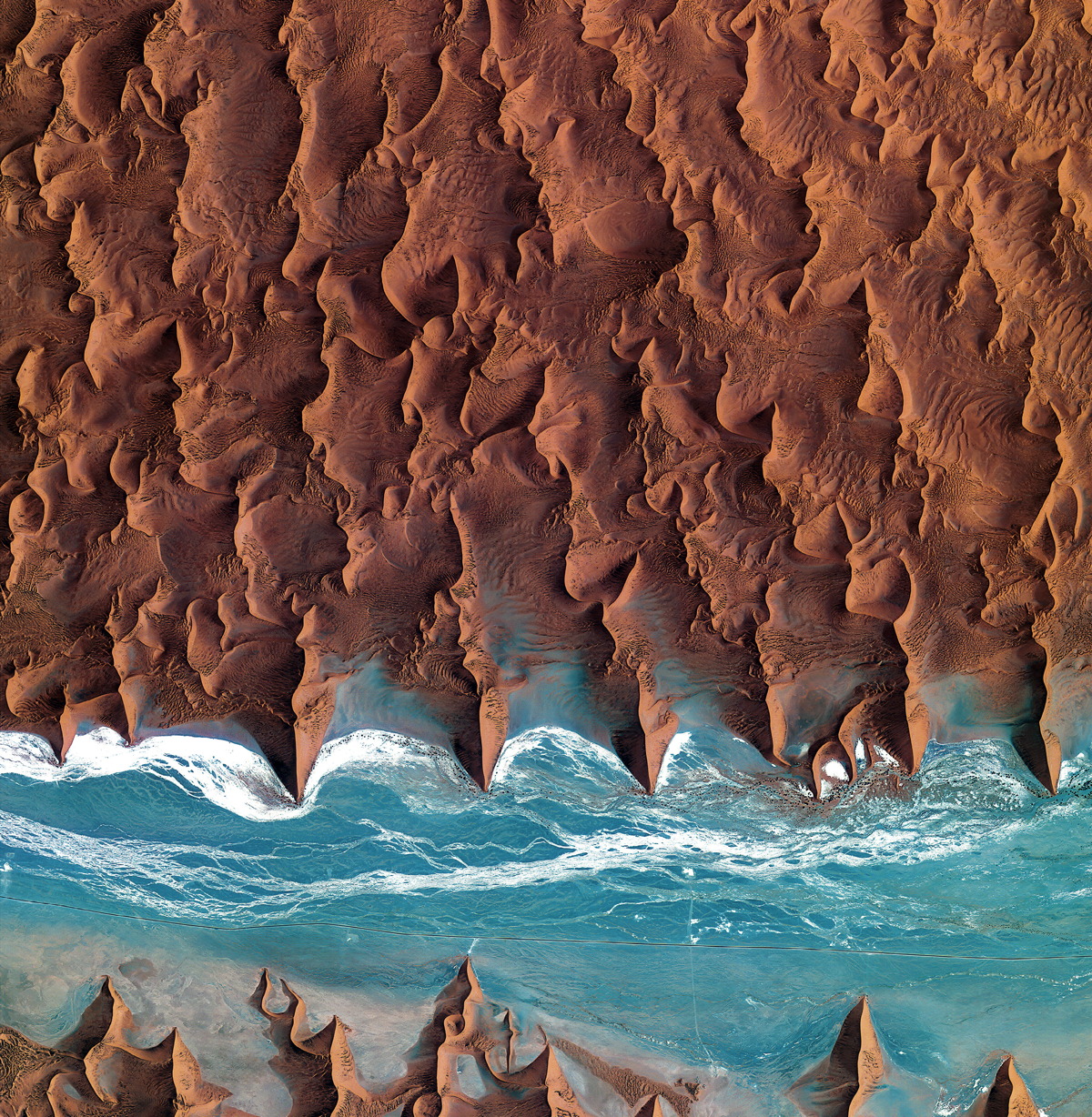
Namib Desert, Southwest Africa: Sand dunes dominate the world’s oldest desert – some reaching over 300 m in height. The blue and white area is the dry river bed of the Tsauchab – which only sees water following rare rainfall in the Naukluft Mountains to the east.
24° 43’ S, 15° 27’ E, taken by Kompsat-2.
Petermann Glacier, Northwest Greenland
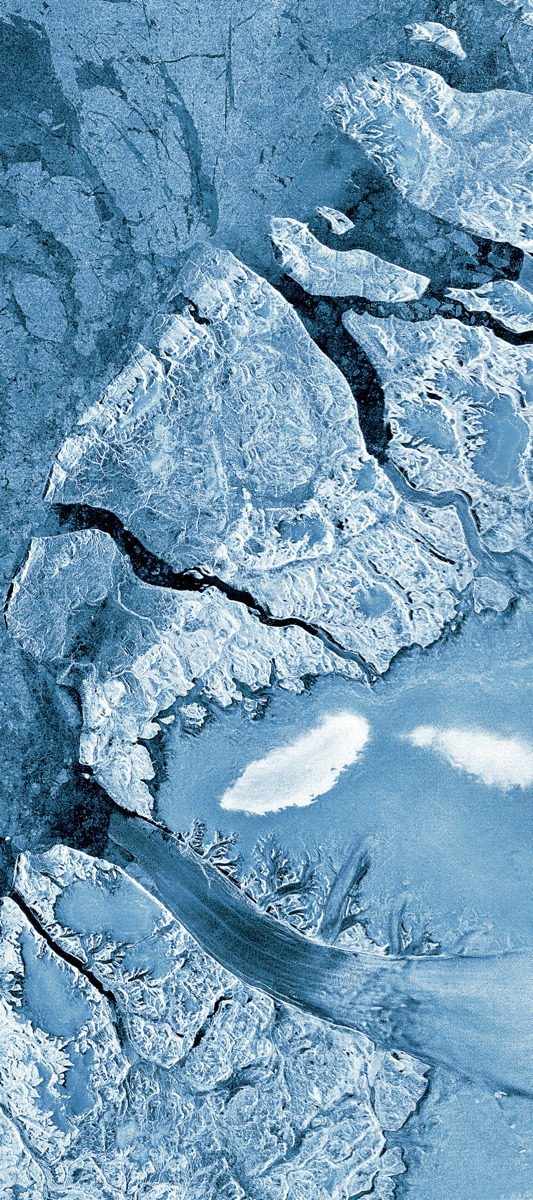
Petermann Glacier, Northwest Greenland: In August 2010, a calving event at the tip of this glacier gave birth to a massive iceberg. Measuring about 30 km long and 15 km wide at its foot and almost 7 km wide at its head, it was the largest Arctic iceberg to calve since the 1960s.
80° 57’ N, 60° 51’ W, taken by Envisat (ASAR).
Get the Space.com Newsletter
Breaking space news, the latest updates on rocket launches, skywatching events and more!
Pine Island Glacier, West Antarctica
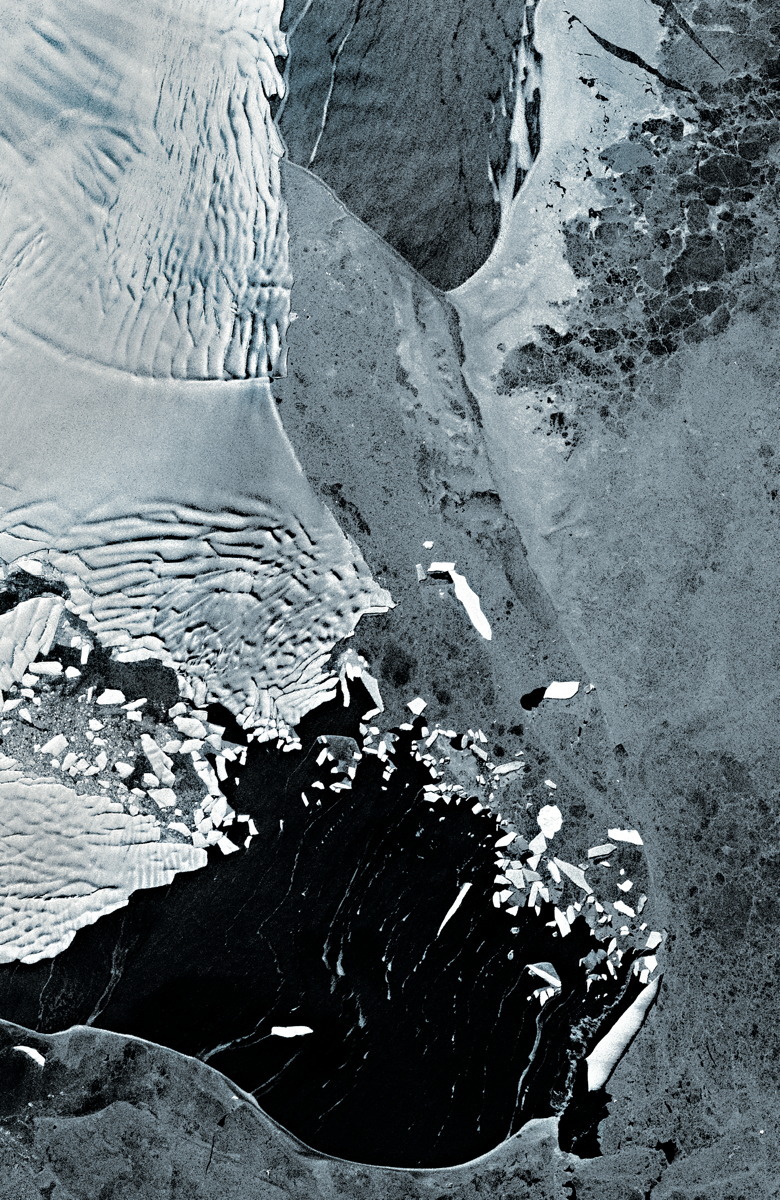
Pine Island Glacier, West Antarctica: Radar satellites have been monitoring the rapid thinning of this glacier for over 20 years. Radars can ‘see’ through clouds and in the dark, making them suited for monitoring polar regions prone to bad weather and long periods of darkness.
75° 04’ S, 100° 59’ W, taken by Sentinel-1A.
Erg Iguidi, West Sahara Desert
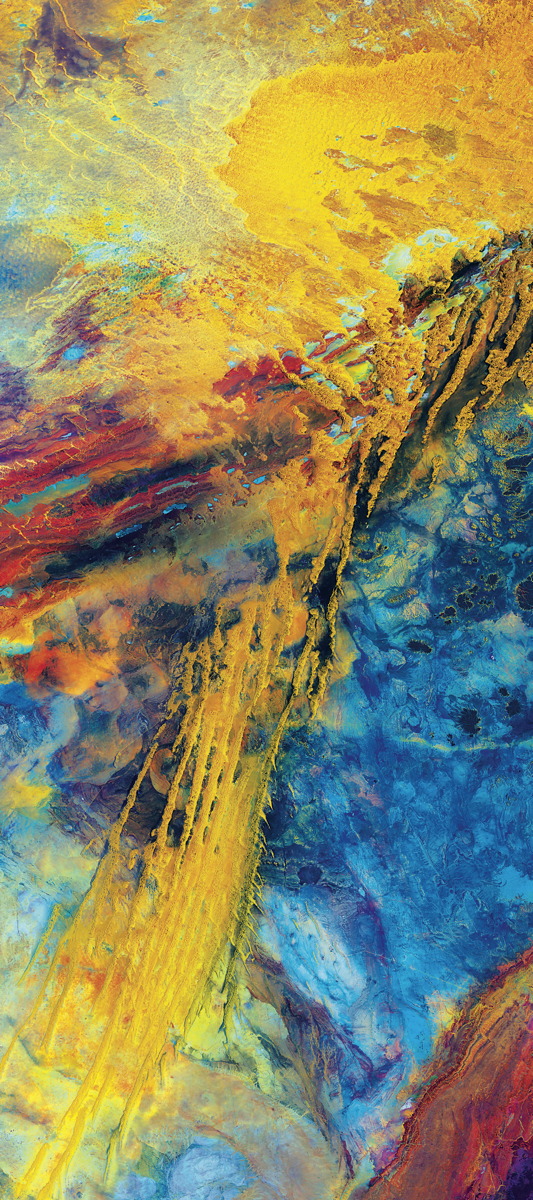
Erg Iguidi, West Sahara Desert: This area of wind-shaped sand dunes is relatively humid, with abundant groundwater towards its north-eastern edge. Patches of season vegetation support gazelle, and the area is even used for pastures.
26° 17’ N, 6° 13’ W, taken by Landsat-8/
Kansas, United States of America
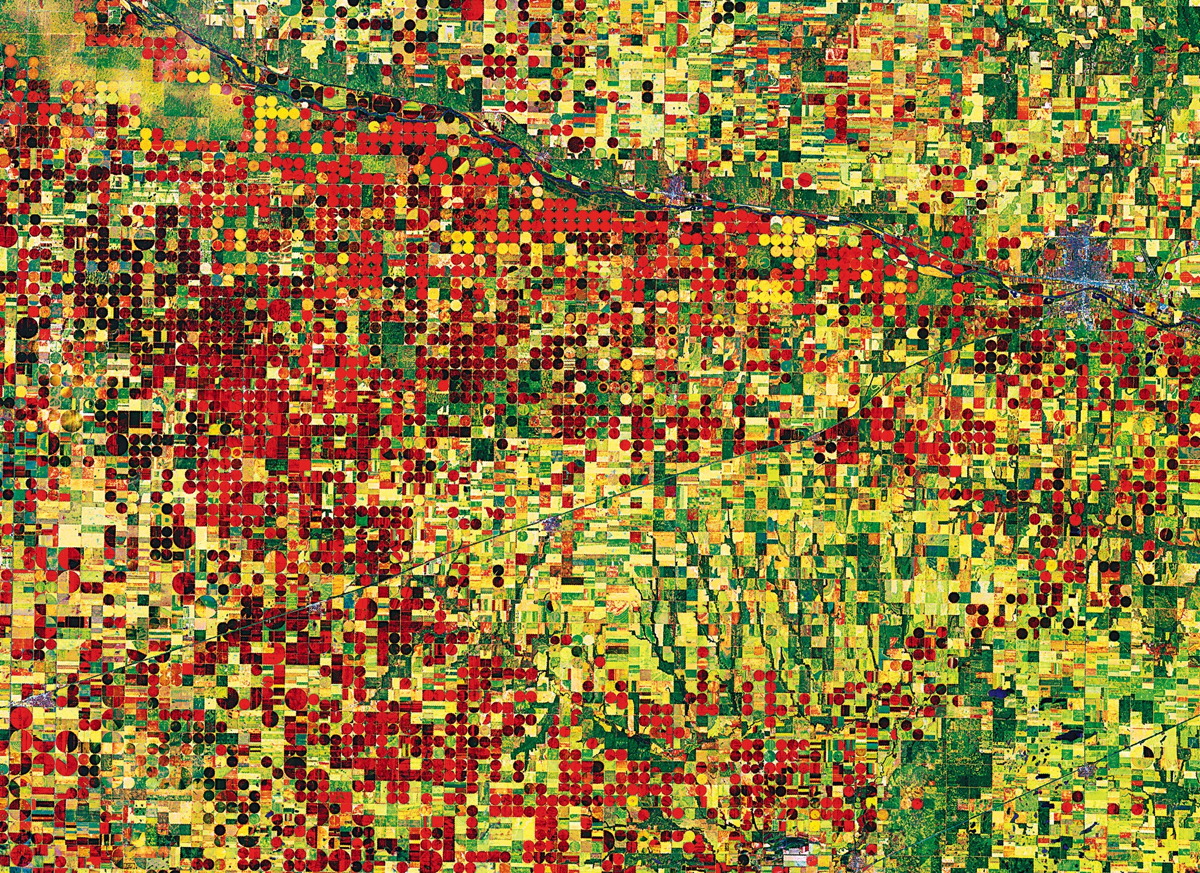
Kansas, United States of America: In this false-colour image, circles come from a central-pivot irrigation system, where a long water pipe rotates around a well at the centre. Rectangles are made when the pipes are rolled in straight lines across the fields.
37º 42' N, 100º 39' W, taken by Landsat-7.
Join our Space Forums to keep talking space on the latest missions, night sky and more! And if you have a news tip, correction or comment, let us know at: community@space.com.

Sarah Lewin started writing for Space.com in June of 2015 as a Staff Writer and became Associate Editor in 2019 . Her work has been featured by Scientific American, IEEE Spectrum, Quanta Magazine, Wired, The Scientist, Science Friday and WGBH's Inside NOVA. Sarah has an MA from NYU's Science, Health and Environmental Reporting Program and an AB in mathematics from Brown University. When not writing, reading or thinking about space, Sarah enjoys musical theatre and mathematical papercraft. She is currently Assistant News Editor at Scientific American. You can follow her on Twitter @SarahExplains.









